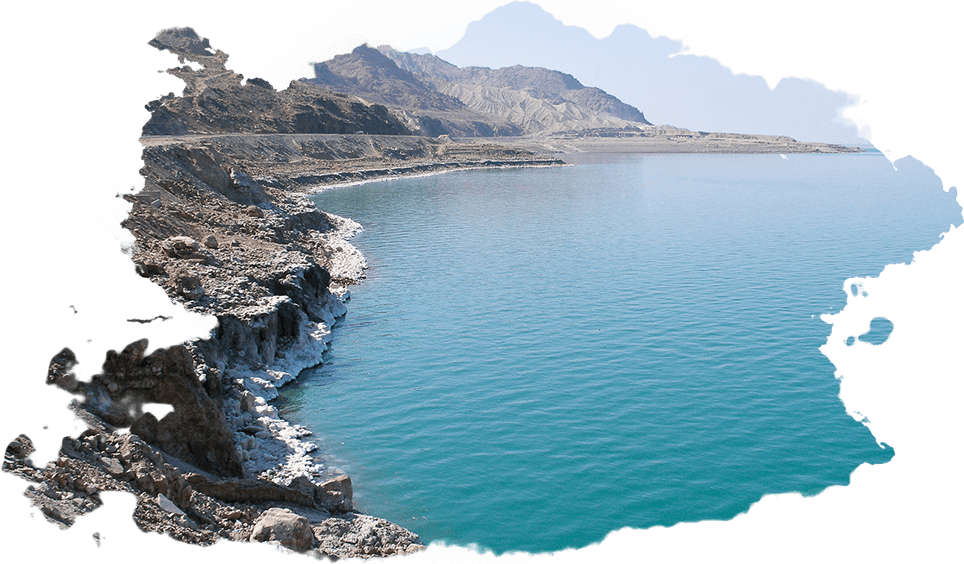Explore Holy Land
A great mix of beauty, culture and beyond, discover
what Holy Land has to offer!

 Churches
Churches
As Christianity began to thrive in the Holy Land, people started building churches to mark the spots of Jesus’ miracles and other life events, and it continues even today. Thousands of tourists/pilgrims take the Holy Land trip every year to visit these iconic, religious destinations.
Some of the must-visit churches in Holy Land include Church of the Nativity, which is built over the cave where Jesus was born and is today, UNESCO’s World Heritage site; Church of the Holy Sepulchre, where Jesus was crucified, buried and he resurrected; Basilica of the Annunciation, where Mary was informed of Jesus' impending birth; Church of the Loaves and Fishes; Church of Beatitudes; Abbey of the Dormition; Church of the Transfiguration; and many others.

 Food
Food
Many food dishes in the Holy Land are same, but the style of cooking, ingredients and taste varies from country to country. Food in Jordan has been influenced largely by social and political change that happened in the country over centuries. With olive oil being the major ingredient in Jordanian food, the typical flavours in their food are garlic, onion, herbs, lemon and tomato sauce. Israeli cuisine is primarily adopted and still adopts from the styles of diaspora Jewish food.
Their food has influences from Mediterranean and Middle Eastern cuisines too. The Palestinian ingredients and cooking style differ from region to region, depending on the location and climatic conditions. While, vegetables, legumes and fruits are heavily used in Egyptian food and their cooking style is similar to that of the Eastern Mediterranean regions. Some of the popular delicacies include Mansaf, Falafel, Bedouin tea and coffee, Maqluba Baba Ganoush, Shakshuka, Ka’ak Al-Quds, Sfihaat, Maqloubeh, Shawarma, Hawawshi, Baladi Bread and Fattah.

 Shopping
Shopping
Everyone loves shopping and while visiting a new country, you look forward to buying souvenirs and unique gifts for people back home. There are so many things you can take home from the countries in Holy Land, from religious artifacts to traditional embroidered fabrics. Some of the distinctive things to buy are customised silver necklaces in Hebrew language, Armenian pottery, skin products derived from the Dead Sea, Jewish charm bracelets, traditional Palestinian dresses, Bedouin-woven rugs and cushions Hamsa hand decorates, olive-wood carvings etc.

 Culture
Culture
As the Holy Land countries are dominated by three monotheistic religions – Judaism, Christianity and Islam – as diverse as it is, each group of people identify themselves as a larger group of cultural beings and all three religions have a cultural history in this piece of land. There are few restrictions in terms of clothing or eating for example, Jews and Muslims in the region are religiously restricted to not eat certain meats or how people follow No Smoking Saturdays in Israel & dress modestly to shows respect in places of worship. People in the Holy Land are also regarded as very informal which might seem rude in some countries but they are very honest and straight forward people. Majority of the locals speaks English and they are happy to help pilgrims/tourists, making it easy for them to find their way through the cities.

 Beaches
Beaches
During your Holy Land visit, beaches aren’t the first thing that come to our minds. However, apart from the historic and religious sites, the countries in the Holy Land are home to some of the most beautiful beaches. South Beach, Aqaba in Jordan is a popular destination for tourists as well as locals. The beach’s pristine marine life makes it suitable for snorkelling and scuba. While in Israel, Tel Aviv has some of the best beaches like Hilton Beach, Banana Beach, Gordon Beach and Herzliya Beach. Egypt isn’t far behind, when it comes to beaches. Gouna, Hurghada, Sharm El Sheikh and Ain Sokhna are some of the surreal beaches in the country.



